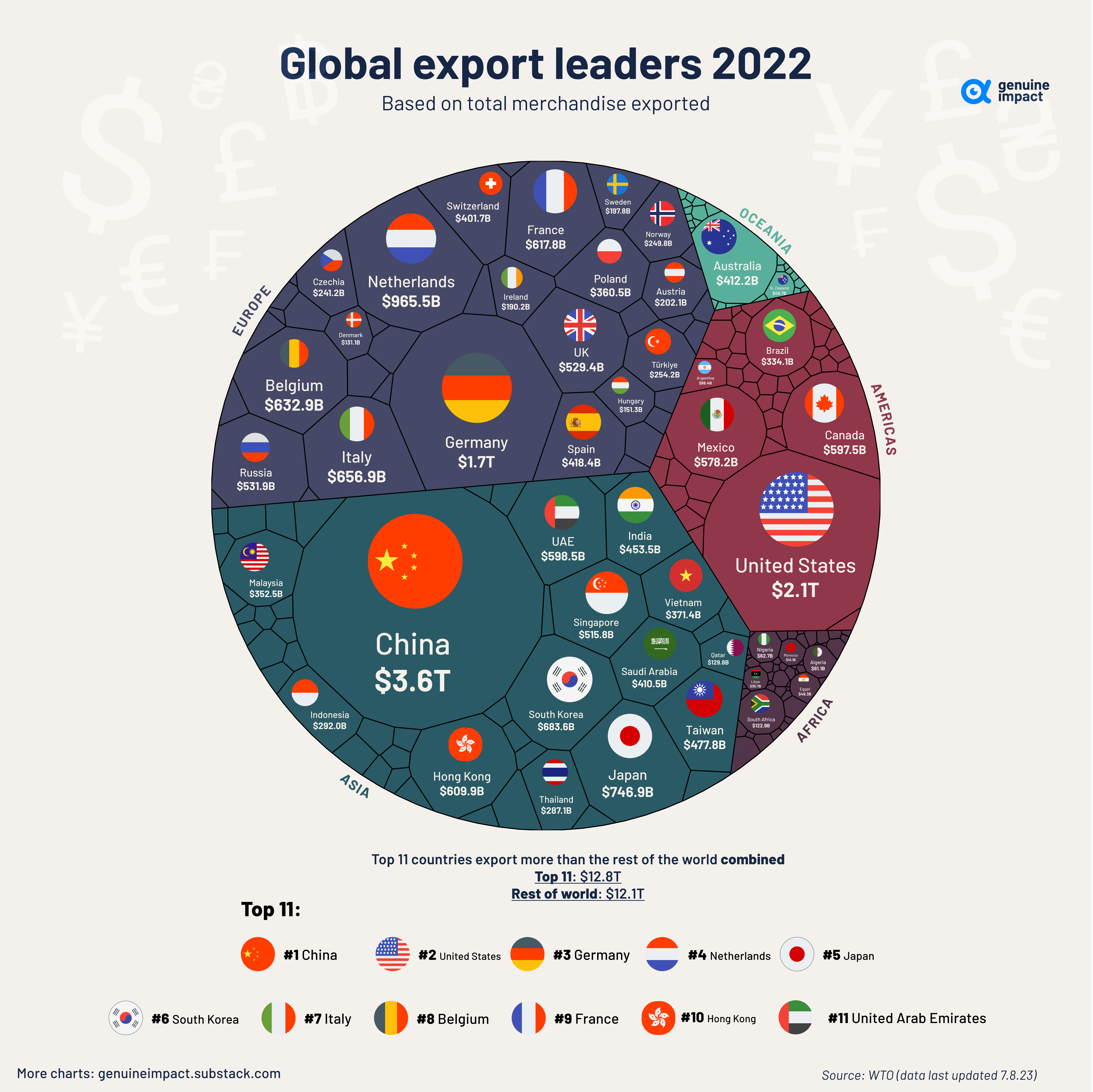BRICS Expansion Looks to Rival G7

A Shift in the Global Power Balance or a Blip on the Radar?
It’s no secret that the BRICS nations would like to challenge the long-standing dominance of the G7, a group of the world’s largest and most advanced economies. This aspiration is not merely a statement of intent, it’s a reflection of the shifting tides in global economic power from being concentrated in the west to equally dispersed around the globe. The BRICS countries, with their burgeoning economies, vast natural resources, and significant population bases, represent a new frontier in the global economic order.
First meeting in 1973, the G7 comprises Canada, France, Germany, Italy, Japan, the United Kingdom and the United States. Russia was a member from 1997 until 2014, temporarily being a part of the G7 and BRICS, which was formed in 2010. BRICS consists of Brazil, Russia, India, China and Saudi Arabia, with plans to expand to eleven countries in 2024.
Six Countries to Join BRICS in 2024
It was announced at the 15th BRICS Summit in August 2024 that six additional countries had been invited to join the intergovernmental organization. Egypt, Ethiopia, Iran, Saudi Arabia, and the United Arab Emirates are scheduled to join BRICS on January 1, 2024. With a total of $3.1 trillion in GDP, the expansion will increase the collective GDP of BRICS by 10%. Now, all that’s left is to find a new acronym.
Expectations remain that the sixth country, Argentina, will join BRICS in January, but the election of Liberty Advances coalition leader Javier Milei as president may complicate procedures. Milei rose to prominence as an economist with extreme right wing tendencies, including flirtation with anarcho-capitalism. Additionally, President-elect Milei ran on the platform of replacing the Argentinian peso with the U.S. dollar. This move would come into direct contradiction to the creation of a BRICS currency while moving away from the dollar, an idea openly suggested by Brazilian President Luiz Inacio Lula da Silva in August.
Fourteen more countries have applied for BRICS membership, including political lightning rods Cuba and Palestine.



China Leads the World in Exports
While the size of BRICS may double in early 2024, there is no question where the true power of the group lies. With $19.4 trillion in GDP, and growing every day, China represents almost two thirds of the economic weight of the union. Second place is held by India with $3.7 trillion.
The world is more dependent than ever on China’s economic engine. The Middle Kingdom leads the way with $3.6 trillion in exports, annually. G7 countries, the United States, Germany and Japan, follow behind to take up three of the five top spots. It’s worth noting that new BRICS member, the United Arab Emirates, charts at #11 with $600 billion in annual global exports, thanks in large part to oil production.
Youth unemployment has hit staggeringly high levels in China. 20% of people aged 16-24 are jobless, more than double the 9% of the same age group without work in the United States. That is not the only worrying data point. In 2023, Mexico surpassed China as the United States’ largest trading partner; the proximity of the two American nations can explain this in part. While China’s economy may be falling short of previous expectations, their ability to produce electronics ranging from phones to computers to semiconductors will keep the Chinese economy as a power player for decades to come.
How Will the U.S. Economy Be Affected?
While there was plenty of buzz about a BRICS currency over the summer, even if one were to be created it would take significant energy and time for it to truly threaten the dollar as global standard. Similarly, while China and Russia would like to wrestle strength away from the United States, they rely heavily on sending exports stateside.
The more immediate effect will be felt in the conflicts in Ukraine and Gaza, where BRICS countries are more closely aligned, demurring about Russia’s invasion of Ukraine and supporting Palestinian statehood.
China may be a growing power, but the United States remains on top with the world’s largest economy: a cool $27 trillion in annual GDP.
SiShips Gives You the Advantage
SiShips combines expertise with state of the art software to bring you high quality domestic and international shipping solutions. We put the shipper in control, offering efficient and cost effective ways to ship your product.
To learn more about managed transportation with SiShips or to view a demo of our software, contact us today.

